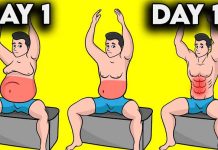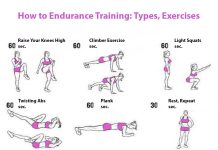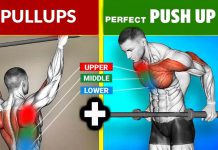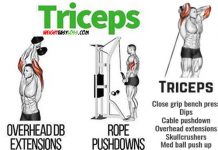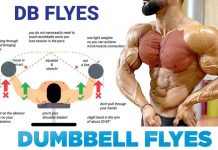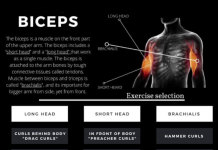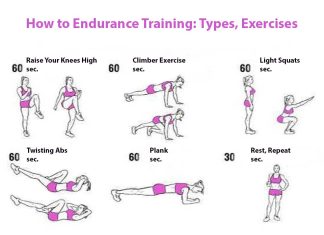Calf muscles – are one of the strongest and hardiest muscles in the human body. Due to the fact that they get a heavy load every day, it’s hard to pump them in the gym. However, such exercises as lifting on the socks sitting, can effectively increase the volume of calves. The climbing on the toes sitting in the simulator refers to the auxiliary exercises. It allows you to work well calf and soleus muscles. Also, the back tibial and long fibular muscles are included in the work.
[wp_ad_camp_2]
SEATED CALVE RAISES
[wp_ad_camp_1]
It is performed on a special simulator or with a bar that is placed on the thighs of the athlete, closer to the knees. At the same time he sits, but his legs remain bent. During the exercise, the athlete makes comfortable pushing movements that isolate well the work of the ankle joint. Such an exercise with equal success can perform both beginners and professionals.
The right technique Seated Calve Raises
To gastrocnemius and soleus muscles are well included in the work, you need to know the strict sequence of actions:
- First, it is convenient to sit in the simulator for lifting to the socks. The legs are placed on a special support. The feet must be in parallel, and the heels freely hang over the edge of the stand. The rollers of the simulator are fixed on the bottom of the quadriceps, the back is straightened. This is the starting position for the beginning of lifting.
- A deep breath is drawn in and breath is delayed. Immediately after this, the heels ascend as high as possible. At the upper point of the rise, there is a small pause, which further strains the calf muscles. On inhalation, the heels smoothly descend, but not in the starting position, but as low as possible.
- After reaching the bottom point, you should immediately start lifting, not letting the muscles rest.
- So you need to make the planned number of repetitions.
[wp_ad_camp_5]
[wp_ad_camp_1]

Do 4 sets of 15-20 repetitions to complete failure, rest between approaches 1 minute












